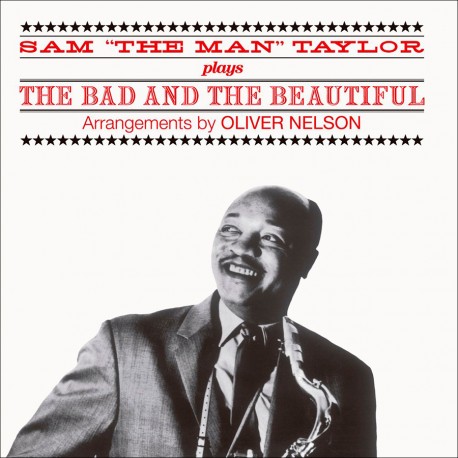LISTEN TO ONE: Mink Coat Blues
This is the second Big Joe Williams session to be released on Prestige Bluesville. This is a live album, which is newsworthy for a couple of reasons. First, Prestige very rarely released live albums. Second, it was recorded at Gerde's Folk City in New York's Greenwich Village.
Greenwich Village had a long history as the center of New York's Bohemia, and that was still very much the case in 1962. That meant entertainment for the niche audience that was Bohemia, and for the brave souls from the suburbs and the outer boroughs who wanted to see what life had to offer beyond Connie Francis and Fred Waring's Pennsylvanians. Jazz was represented in clubs like the Village
Vanguard. And folk music -- the music of the people, the music of protest, the music discovered in tiny Appalachian communities by folklorists and brought to the folkies of Bohemia in publications like Sing Out!
And, increasingly, it was the music discovered by folklorists like Samuel Charters and Mack McCormick. The blues explosion of the 1960s had arrived, as New York's Bohemia played host to such blues musicians as John Lee Hooker, who was backed up by a young white guy named Bob Dylan, making his first appearance on the Folk City stage. And such blues musicians as Big Joe Williams.
It was a new experience for New York's Bohemians. A previous generation had learned of the blues through Leadbelly, who was a towering talent, and who was savvy enough to tailor his blues message to his audience, singing about not being mistreated by no bourgeoisie. Or through Big Bill Broonzy, a jazz guitarist who realized he could have a second career if he reinvented himself as a folk bluesman, and reinvented the definition of folk bluesman to include songs about getting together and breaking up the old Jim Crow. The blues was a music of realism in the face of an harsh, unchanging world. The white leftists who made up this new audience believed that the world could be changed, and responded most enthusiastically to songs which reflected that belief.
The new young blues audience of the 1960s was looking for a more authentic experience: the gritty realism of the rural south, and later, especially as it got filtered back to them through British blues enthusiasts, of the urban north. And the blues singers got some new paydays, through clubs like Folk City, college campuses, blues festivals (those came later in the decade) and even European tours.
For the listener of today, it's an opportunity to hear one of the best of the old bluesmen in an intimate live setting. Williams gets a unique sound from his 9-string guitar, and voice is strong and persuasive, and his observations on life trenchant.
The Bluesville album was entitled Big Joe Williams at Folk City.

:format(jpeg):mode_rgb():quality(90)/discogs-images/R-4745771-1374179041-2098.jpeg.jpg)






